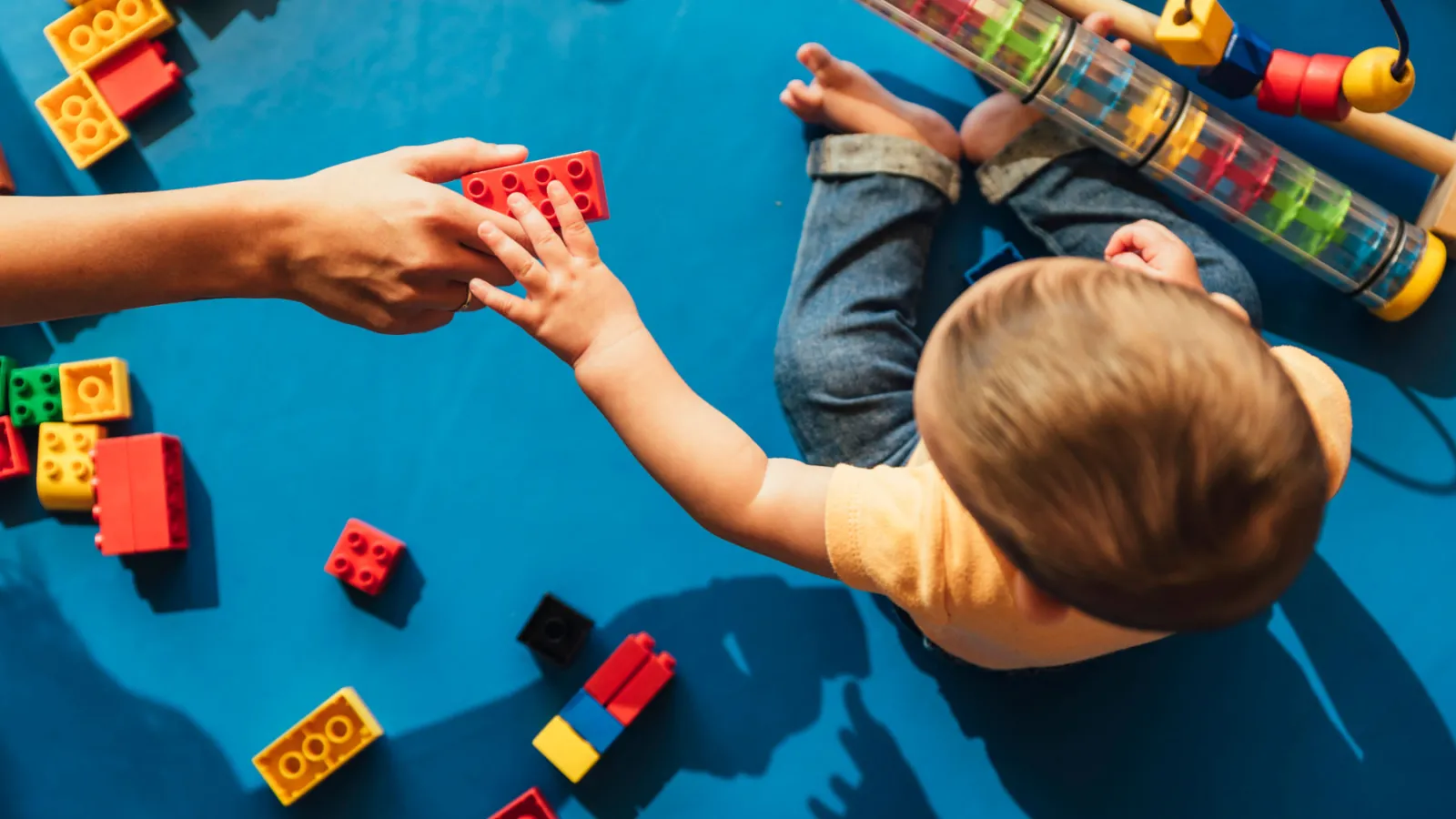Banner

Title
resources
Resource Library
Our Resource Library contains materials and assistance for early childhood educators and those they serve. Explore our selection of podcasts, tip sheets, websites, documents, and self-study courses.
Results: Page 10 of 32
| Resource Name | Description | Resource Type |
|---|---|---|
| Cómo ayudar a los niños durante el proceso de duelo en la escuela (How to help a grieving child in a child care setting ) | ¿Cómo puedes apoyar a los niños durante el proceso de duelo? Únase a Karina Elze, miembro de la junta directiva en CICC y anteriormente especialista en RBPD, mientras habla con Tania Rivera y Mirla Peralta, Circulo de Amigos Child Care Center. Juntas compartirán algunas estrategias para apoyar a los niños que están pasando por el proceso de duelo. | Podcast |
| Connecting the Brain to the Rest of the Body | From the Center of the Developing Child at Harvard University: "A growing understanding of how responsive relationships and language-rich experiences for young children help build a strong foundation for later success in school has driven increased investment and sparked innovation in early learning around the world." | Document |
| Creative Ways to Stay Active Through Play | From The Children's Movement of Florida: "How do you get your child moving without them realizing that they are actually exercising? Pretend play is the key. Children can pretend to move as superheroes, animals, their favorite characters from TV or movies, or different types of vehicles. Supplementing their movements with sound effects and songs are great ways to rev up their imaginations. Here are some creative and playful ways to get kids moving. The only thing needed is the child’s imagination to guide them – No equipment needed." | Website |
| Daily Picture Schedule | The world can be a scary and unpredictable place for children. We can help them feel safe by making things feel predictable and familiar through the use of daily picture schedules. | Document |
| Daily Separations and Reunions | Parents, staff, and children all experience intense emotions when young children leave or return to a caregiver's program. It is important to provide emotional support for staff, parents, and children. The pattern of "give and take" that occurs among young children and their parents and caregivers shapes how children feel about themselves. | Website |
| Demonstration of Pyramid Model Practices | Two amazing new training videos have been created to highlight pyramid model practices in action in high fidelity toddler and preschool classrooms. These videos were collaboratively produced by the Montana Head Start Collaborative Office, the Montana Department of Public Health and Human Services, Early Childhood Services Bureau, the Pyramid Model Consortium, and the Bal Swan Children's Center. Titles and labels have been added throughout to call attention to the environment, specific routines of the day, and discrete teaching practices that support young children's social emotional development. | Website |
| Desarrollo del plan de apoyo de comportamiento positivo (Positive Behavior Support Plan) | Un plan de comportamiento positivo es un plan de acción que describe los pasos específicos que se pueden utilizar para promover el éxito y la participación de un niño en las actividades y lecciones diarias. Esta hoja de consejos cubre un enfoque individual del proceso de planificación. A positive behavior plan is an action plan that outlines specific steps that can be used to promote a child's success and participation in daily activities and lessons. This tip sheet covers an individual approach to the planning process. | Tipsheet |
| Desorden del procesamiento sensorial (Sensory Processing Disorder) | La información errónea causada en el cerebro por un trastorno del procesamiento sensorial (SPD) puede interferir con la sensación de seguridad y protección de un niño. Aprenda sobre los ocho sentidos, las respuestas del sistema sensorial y los comportamientos comunes de los niños con SPD en esta hoja de consejos. | Tipsheet |
| Developing and Implementing a Programwide Vision for Effective Mental Health Consultation | This toolkit is intended to support administrators in their efforts to develop and implement a vision and strategic plan for a programwide approach to mental health and mental health consultation. Program administrators will learn how to ensure more effective mental health consultation by facilitating staff-consultant relationships and providing support and oversight to mental health consultants. This toolkit will also provide administrators with ideas and tools to help plan and sustain effective mental health consultation in their programs | Document |
| Developing Young Children's Self-Regulation through Everyday Experiences | According to Ellen Galinsky, president and co-founder of the Families and Work Institute and author of Mind in the Making, regulating one's thinking, emotions, and behavior is critical for success in school, work, and life (2010). Explore this article for practical ideas on helping children develop self-regulation skills. This article is from The National Association for the Education of Young Children July 2011. | Document |
Results: Page 10 of 32